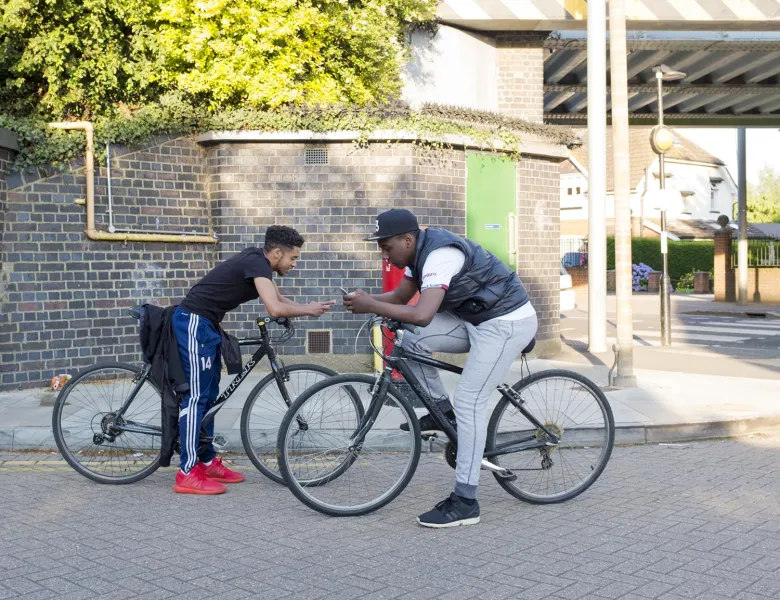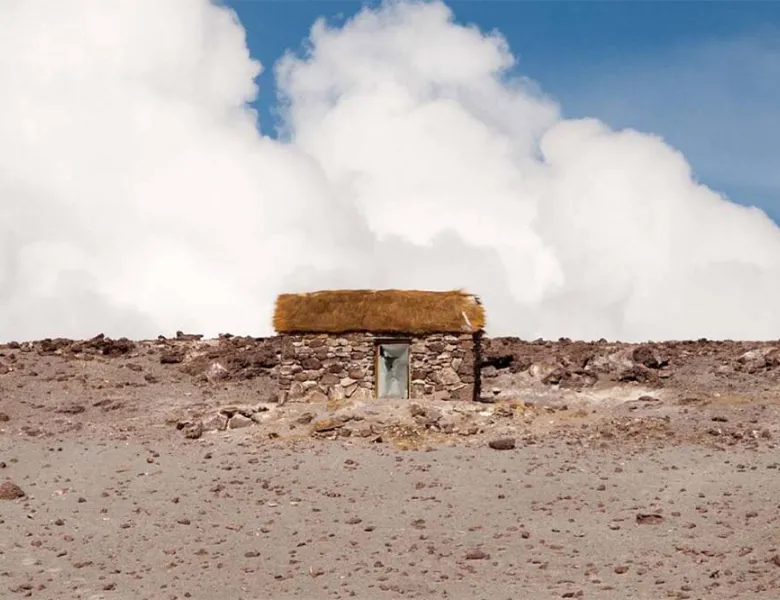Patrick Willocq - Walé 2ème Regard
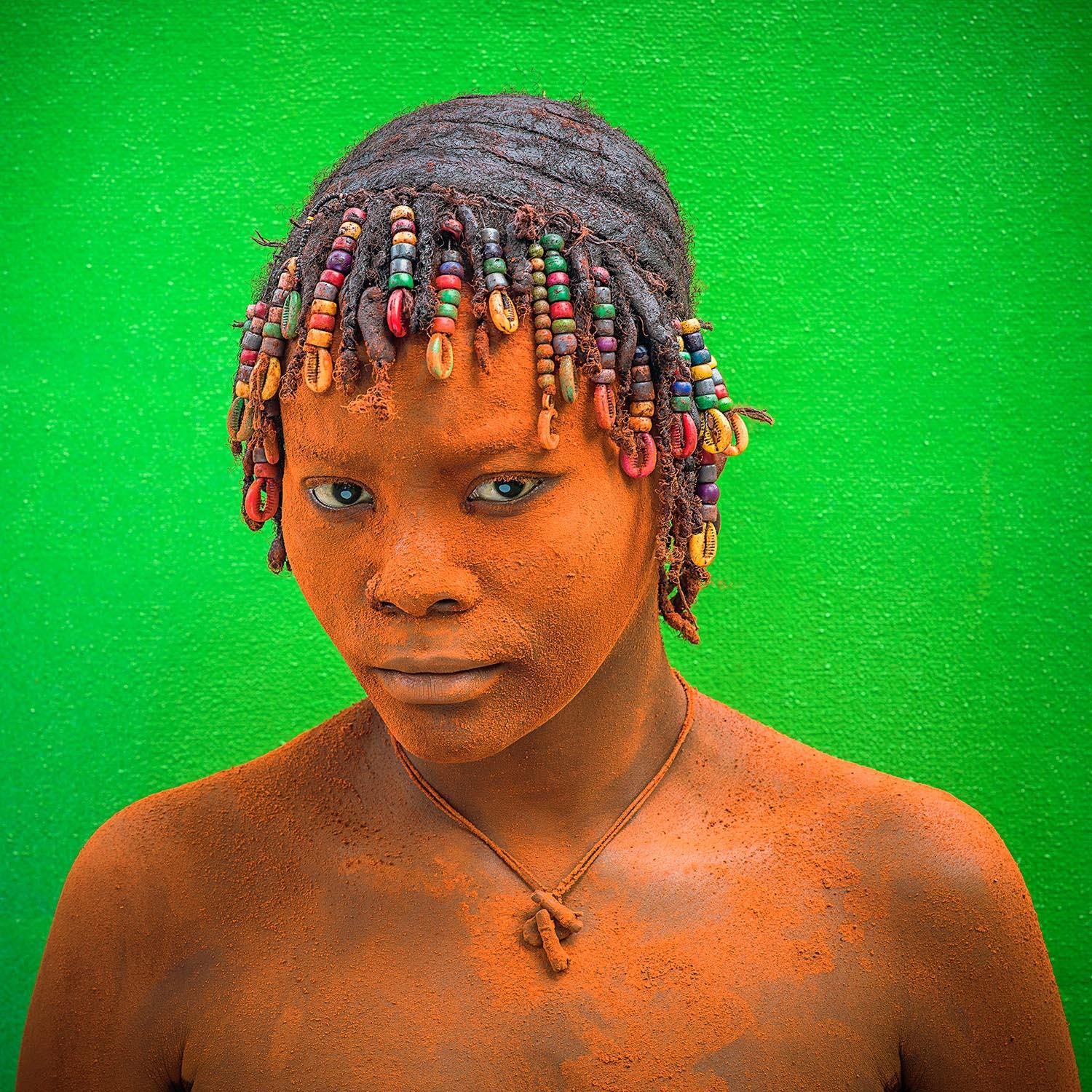
Self-taught French photographer Patrick Willocq has lived and worked for 34 years in diverse cities around the world, including Kinshasa, Shanghai, Hong Kong and Paris. He was shortlisted in the Professional Portraiture category of the 2016 Sony World Photography Awards with his series 'Walé 2ème Regard'.
He first developed a love for the Democratic Republic of Congo whilst living there as a teenager. In 2012, following a trip back to the Congo, Patrick decided to devote himself entirely to photography after working for multinationals in Asia Pacific for over 20 years. Tired of images that stigmatised the nation, Patrick's work pays tribute to the "beauty, simplicity and dignity" of daily life in the D.R.C. By documenting indigenous culture and customs through carefully composed performative images, he is able to bring a fresh interpretation of Africa. The resulting photos are empowering representations of the subject.
Hi Patrick. Tell us more about your successful series ‘Walé 2ème Regard’
For the Ekondas pygmies in the Democratic Republic of Congo, the most important moment in the life of a woman is the birth of her first child. The young mother is called walé (‘primiparous nursing mother’).
A walé carries both responsibilities and status: she returns to her parents, where she remains secluded for a period of 2 to 5 years, and must adhere to several strict taboos during this time. The ritual is highly competitive, as it’s about having more prestige and power than other walés, so she takes on a nickname to differentiate herself from rivals.
Every day the young woman engages in an elaborate beautification ritual to draw attention to herself. She spreads a red preparation, a mixture of powder of ngola wood with palm oil, over her own body. The sophisticated hairstyles, made of a mud like paste, a mixture of ashes from bopokoloko leaves and palm oil, are yet another way for walés to flaunt their uniqueness.
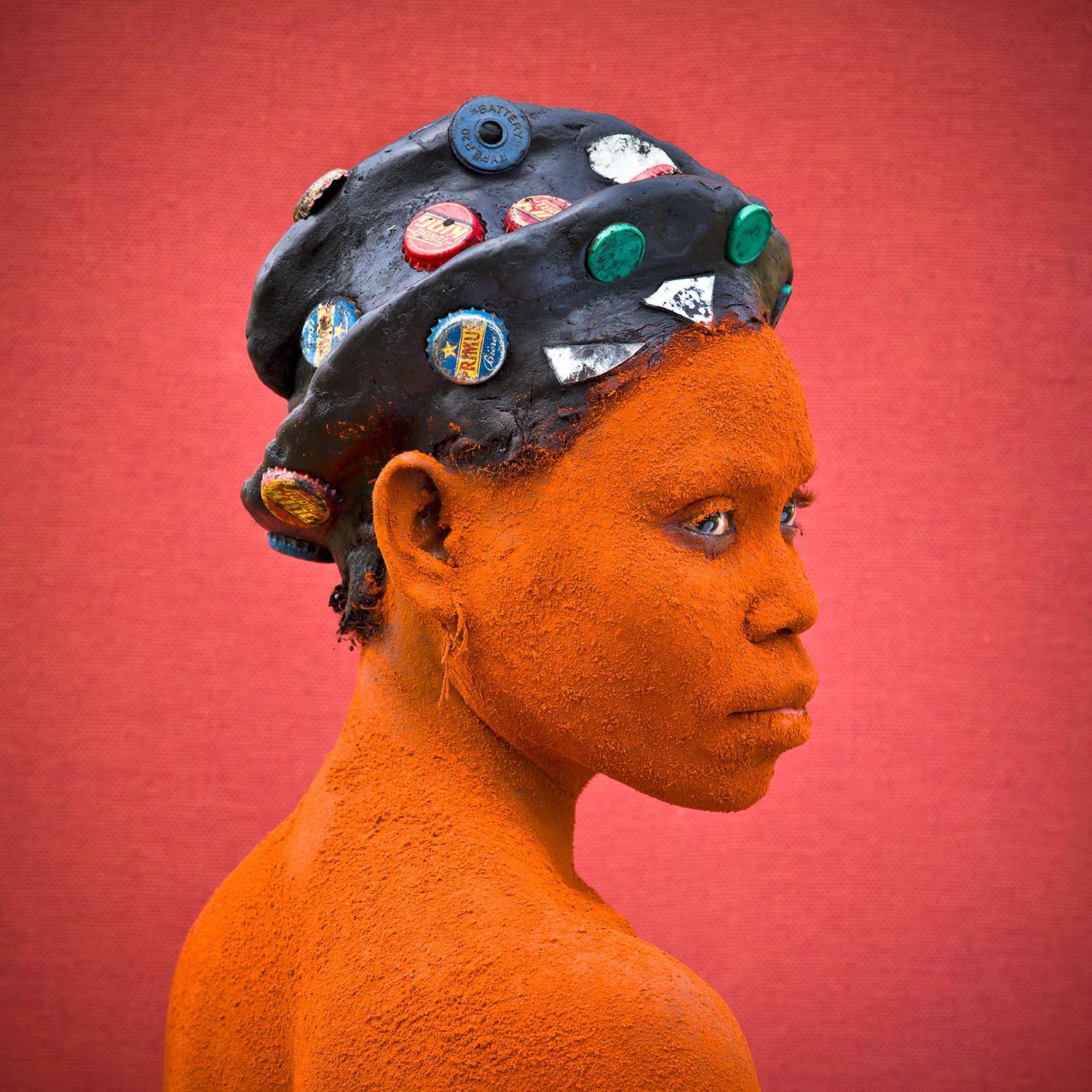
Talk us through the logistics and physical process of each portrait
The idea was to portray the respective uniqueness of each walé by featuring a unique coloured backdrop. Whenever possible I actually let the walé choose their respective backdrop. I have known these walés for a while now, some better than others. I therefore know their facial expressions rather well and I really tried very hard to capture their personality and attitude during the shoot. I did not stop shooting until I was satisfied with the result. Naturally the walés that know me the most were relatively quick to be natural in front of the camera, while it took others a little longer.
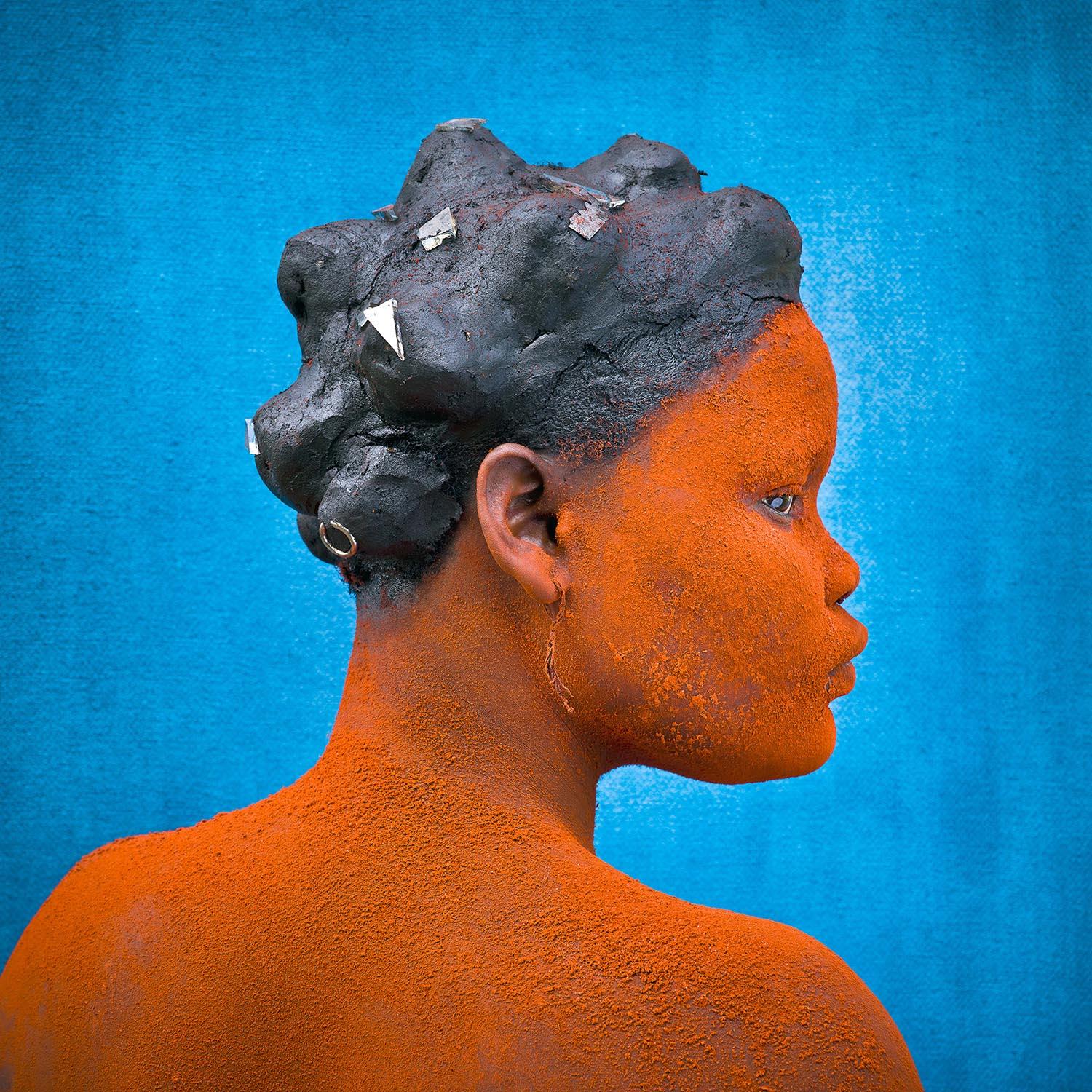
Why photography?
I arrived in Kinshasa when I was 6 (and left again at 12). I don’t remember much before that but do remember practically everything as soon as I arrived in the Congo (back then Zaire). I lived a very happy childhood there and fell in love with the country and people. This is probably why my pictures of the Congo are what they are.
I must have taken my first picture when I was around 10-12 years old. My father had a Canon A1 which I loved playing with. And so I have been a self taught photographer for the past 30 years.
One important milestone was back in 2009: following a trip back to the Congo (after 27 years of absence), I totally reconnected with myself and decided to devote myself entirely to photography (I was working for multinationals in Asia Pacific for over 20 years), which I did in 2012.
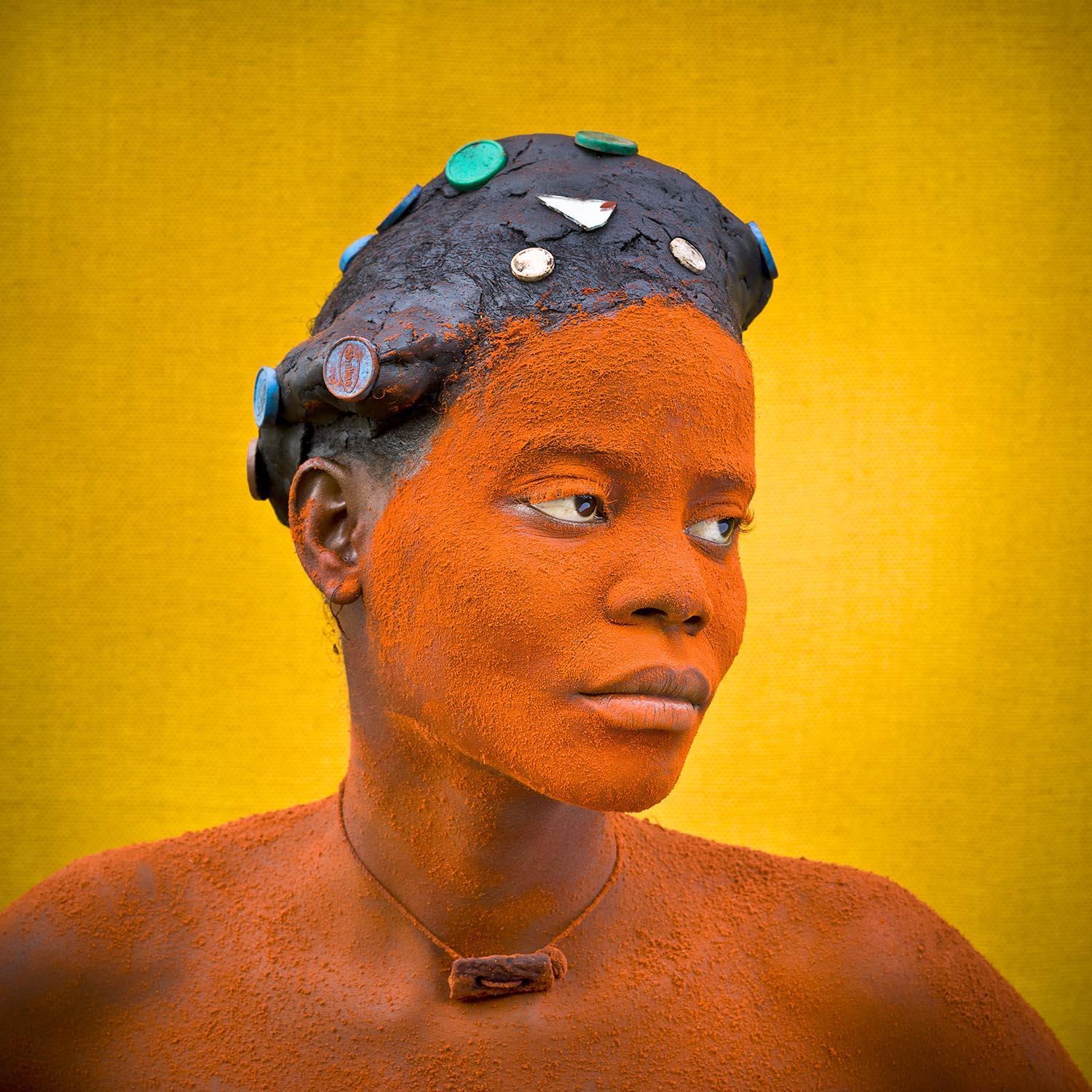
Tell us about your connection to the Congo and Africa in general
My photos taken in the villages of DR Congo are peaceful, against the usual dramatic visions of the country. By documenting indigenous culture and customs through carefully composed performative images, I hope to bring a fresh interpretation of DR Congo and Africa in general, and go beyond stereotypes which mainstream media tend to focus on and perpetuate.
I want to show real people, listen to them and stage their lives and desires. By choosing to involve the communities I work with, co-creating visual representation of their own stories, I hope my photos are empowering representations of the subjects themselves.
Where in the world are you and what’s next for you?
I am based between Paris, Hong Kong and Kinshasa (currently in HK writing this). I am heading to Ghana next for an assignment for Noorderlicht foundation.
The project name is ‘Society and Change in Northern Ghana: Dagomba, Gonja, and the regional perspective on Ghanian History’ and is part of a larger one that is actually an academic research based on historical research and current issues. My job is to research and produce 6 staged photographs on the theme of traditions and rituals.






